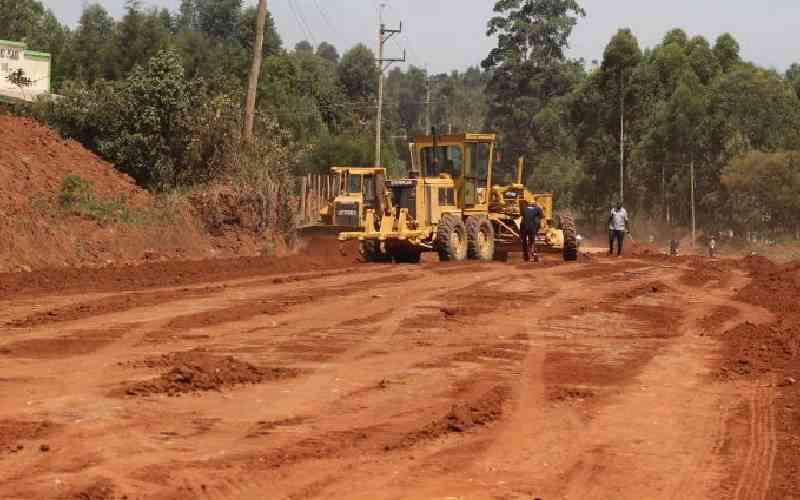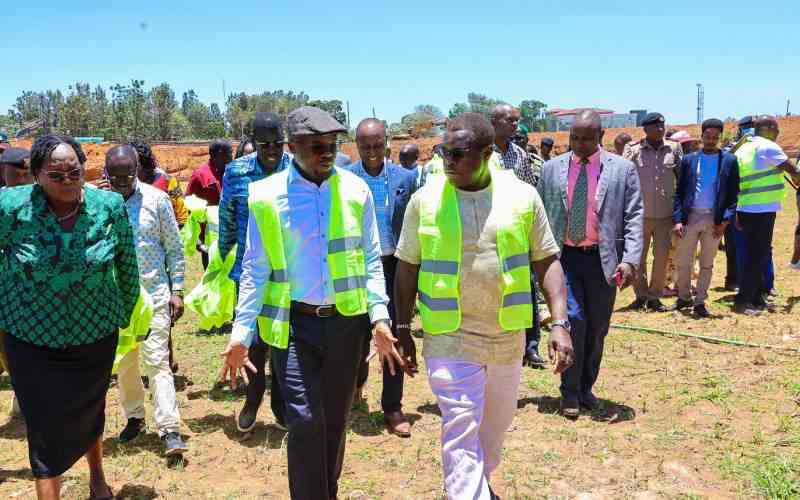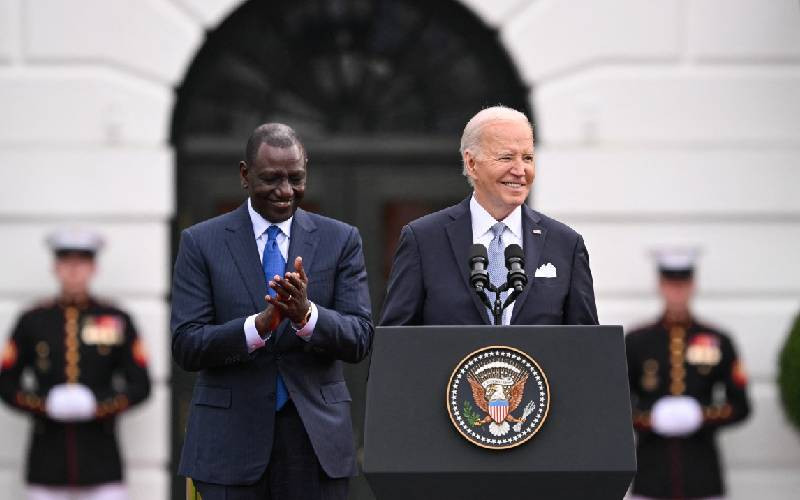Kenya is celebrating Madaraka Day today. The ‘mahewa generation’, the breed that never experienced the Nyayo presidency, might not comprehend what Madaraka Day, which commemorates the attainment of internal self-rule, in 1963, is all about.
But attaining Madaraka was preceded by the freedom struggle that saw the colonial government erecting round mud huts in rural Central Kenya in the seven years of the State of Emergency that lasted to 1959. The huts were smeared with white clay to resemble whitewashed houses in rural north England.
Colonial nyahunyo was applied on nyeuthi backs to accelerate the rate of delivering rafters, mud and thatch during the creation of over 800 ‘emergency villages’ as part of waging war against the Mau Mau ragtag militia, from 1952, when the rule of law, natural justice and human rights were suspended.
The ‘emergency villages’ could not have been erected had the British not realised Kikuyu women were the passive “eyes and ears” of the Mau Mau: They supplied them with info, food, clothes, blankets, boots, stolen weapons, ammunition, medicine, besides hiding ‘terrorists’ as the freedom fighters were labelled. Others encouraged their men to take the Mau Mau oath and fight for ithaka na wiyathi (land and freedom).
The colonial war policy divided people in Central Kenya into two: the loyalists who, given a chance, would have died for mbeberu and the Mau Mau — who had to be finished.
These women, being against and not cooperating with the colonial government, had to be ‘cut down to size’ and starve Mau Mau crucial external help, as American historian Caroline Elkins notes in her 2005 effort, Britain’s Gulag: The Brutal End of Empire in Kenya.
Since villages then were scattered and far between making it hard to detect ‘terrorists,’ the solution was to concentrate Central Kenya into manned ‘emergency villages.’
It was bloody. The elderly and children were not spared. Three quarters of huts in Central Kenya, more so around Nyeri and Murang’a were razed to the ground. After all, they were mud and thatch roofed. Easy to torch, bring down the walls. Food crops were destroyed, livestock confiscated.
Did you know, as Elkins informs us, that mkoloni forcefully seized cows in Central Kenya with the explanation that livestock had been given their wiyathi (freedom) and thus Kenyans still under colonial rule had no business owning what was free?
 The Standard Group Plc is a
multi-media organization with investments in media platforms spanning newspaper
print operations, television, radio broadcasting, digital and online services. The
Standard Group is recognized as a leading multi-media house in Kenya with a key
influence in matters of national and international interest.
The Standard Group Plc is a
multi-media organization with investments in media platforms spanning newspaper
print operations, television, radio broadcasting, digital and online services. The
Standard Group is recognized as a leading multi-media house in Kenya with a key
influence in matters of national and international interest.
 The Standard Group Plc is a
multi-media organization with investments in media platforms spanning newspaper
print operations, television, radio broadcasting, digital and online services. The
Standard Group is recognized as a leading multi-media house in Kenya with a key
influence in matters of national and international interest.
The Standard Group Plc is a
multi-media organization with investments in media platforms spanning newspaper
print operations, television, radio broadcasting, digital and online services. The
Standard Group is recognized as a leading multi-media house in Kenya with a key
influence in matters of national and international interest.









